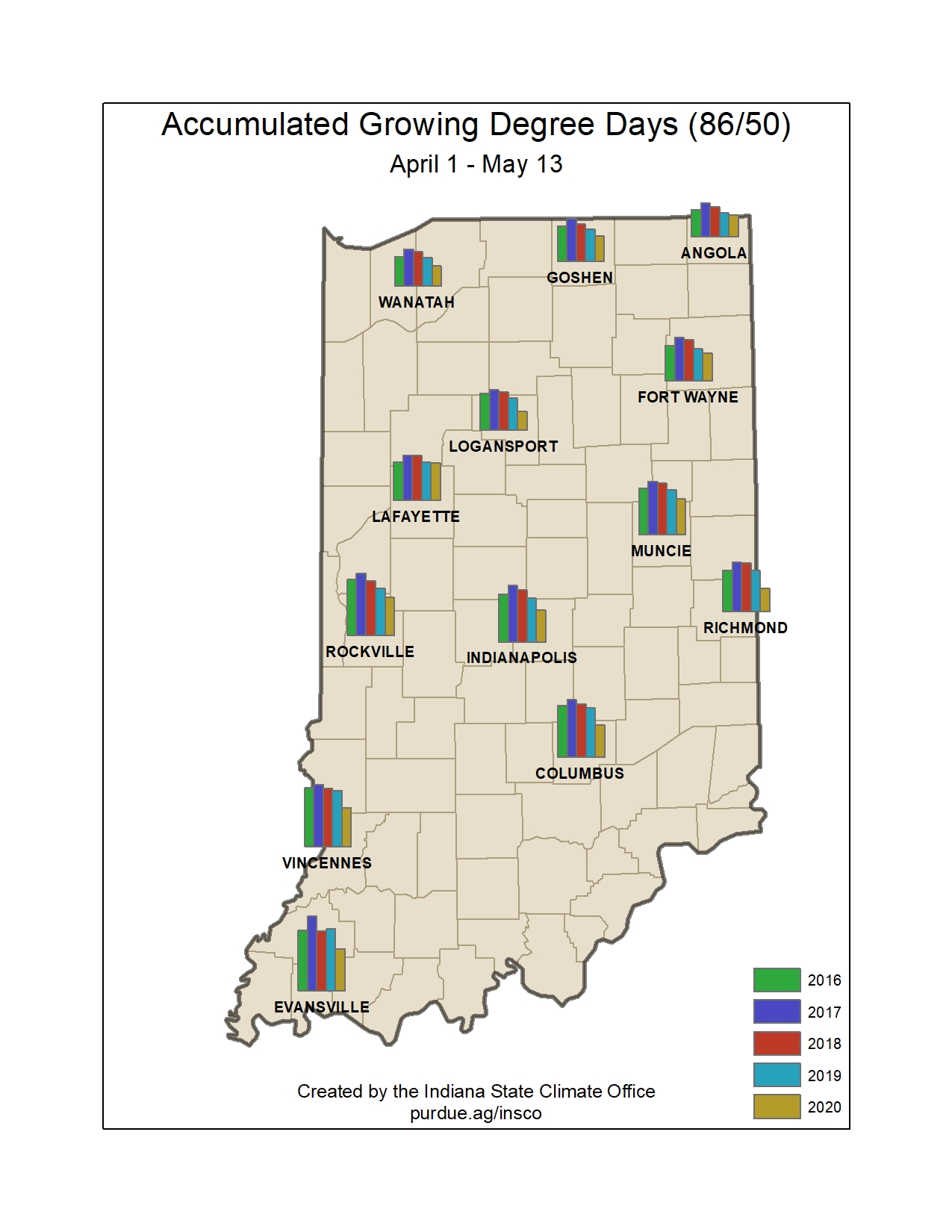
Growing degree day (GDD) accumulations (Figures 1 and 2) have been off to a slow start this season due to unseasonably cool temperatures.

Growing degree day (GDD) accumulations (Figures 1 and 2) have been off to a slow start this season due to unseasonably cool temperatures.
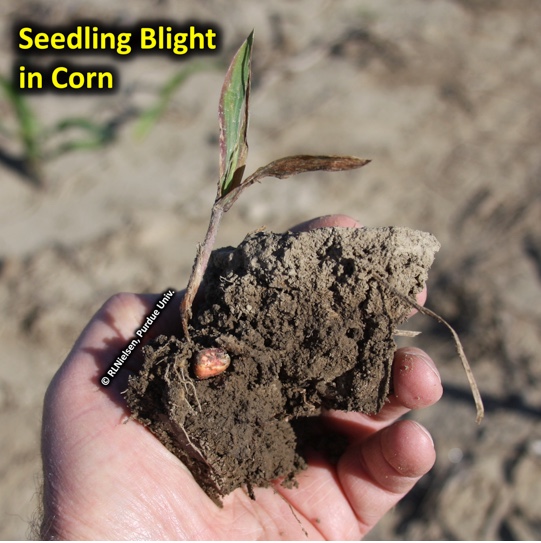
While corn planting progress is way ahead of the miserable 2019 planting season, Indiana’s corn crop has already experienced more than its fair share of misery.
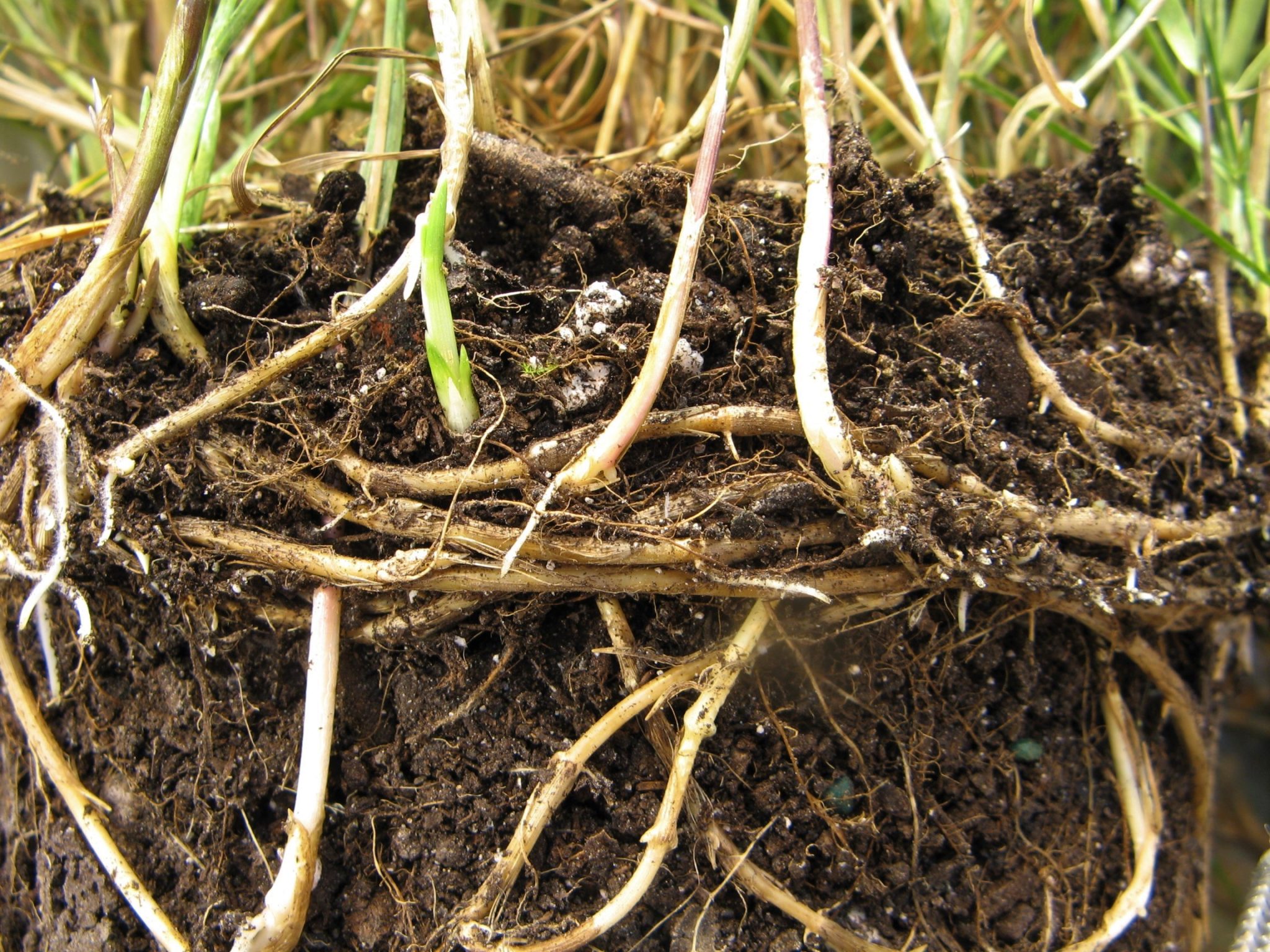
Quackgrass (Elymus repens) is a cool-season perennial grass, generally found in vacant fields or along roadsides that are not regularly mowed.
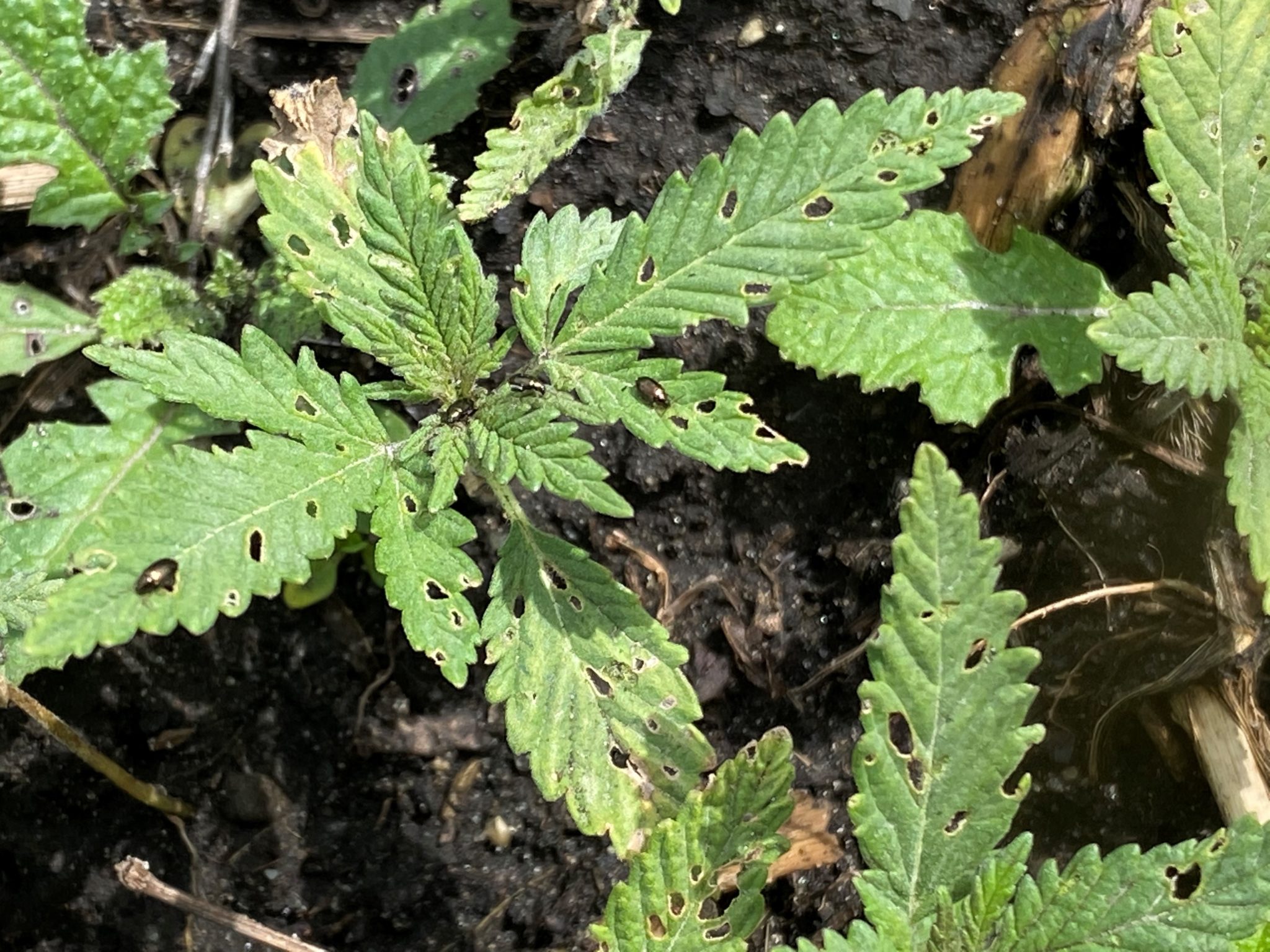
Hemp growers and researchers are preparing to plant hemp in the next two to three weeks across the state. Planting will likely continue until the end of June depending on what type of hemp is being grown.
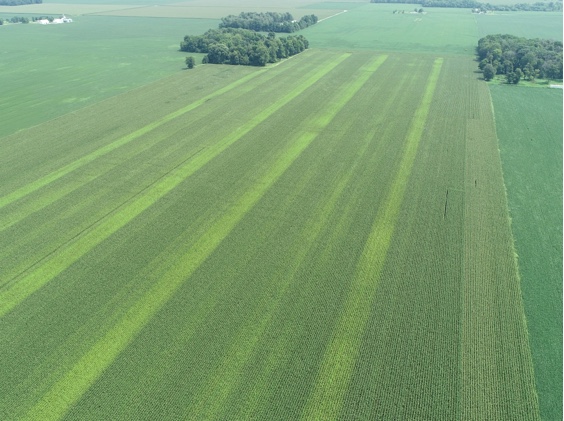
Although nitrogen (N) fertilizer can be costly, it is needed to optimize profit in Indiana cornfields. Applying too little N reduces profit by reducing grain yield. Too much N does not return value and can also damage the environment.
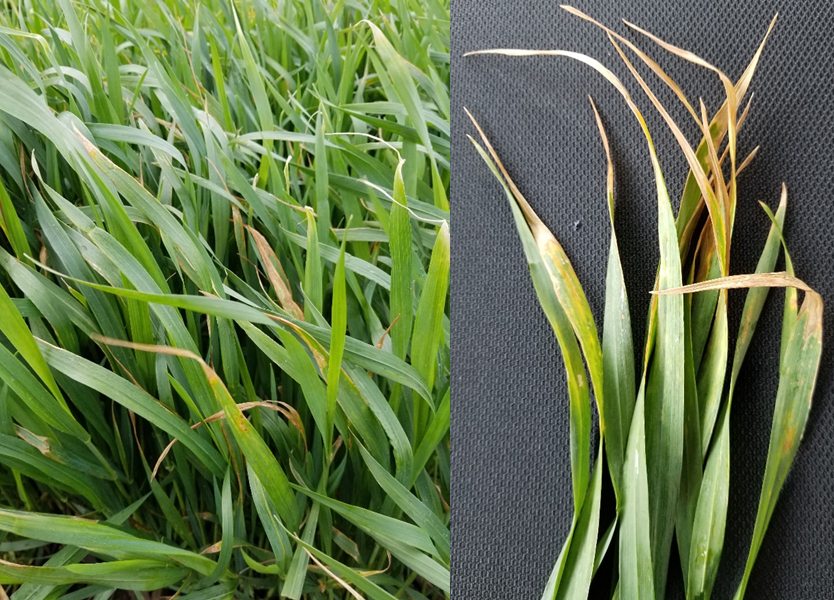
Wheat has greened up and is actively growing across Indiana (except during these last few cold spells).
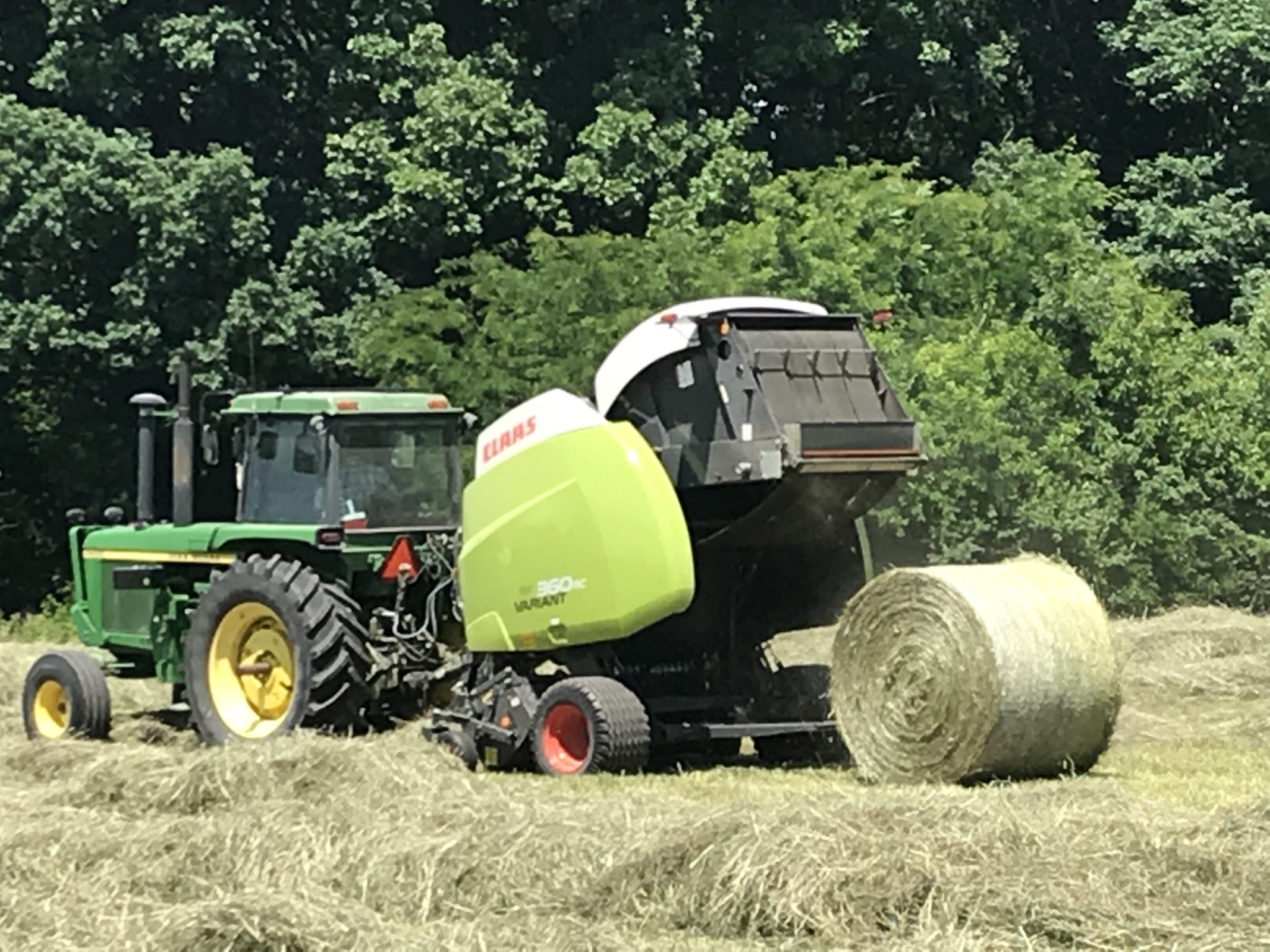
As we near mid-May, it is important to have hay harvest equipment in excellent condition so the forage can be harvested at optimum quality when weather conditions allow and to reduce harvest delays because of equipment breakdowns.
2019 Black Cutworm Pheromone Trap Report Form
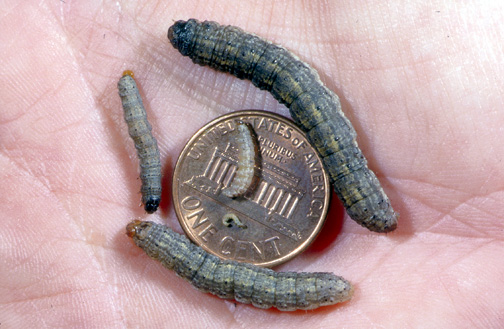
Black cutworm moth catches in many of our cooperator’s pheromone traps continue to be quite impressive (see “Black Cutworm Adult Pheromone Trap Report”).
Armyworm Pheromone Trap Report – 2020
© 2025 Purdue University | An equal access/equal opportunity university | Copyright Complaints | Maintained by Pest&Crop newsletter
If you have trouble accessing this page because of a disability, please contact Pest&Crop newsletter at luck@purdue.edu.